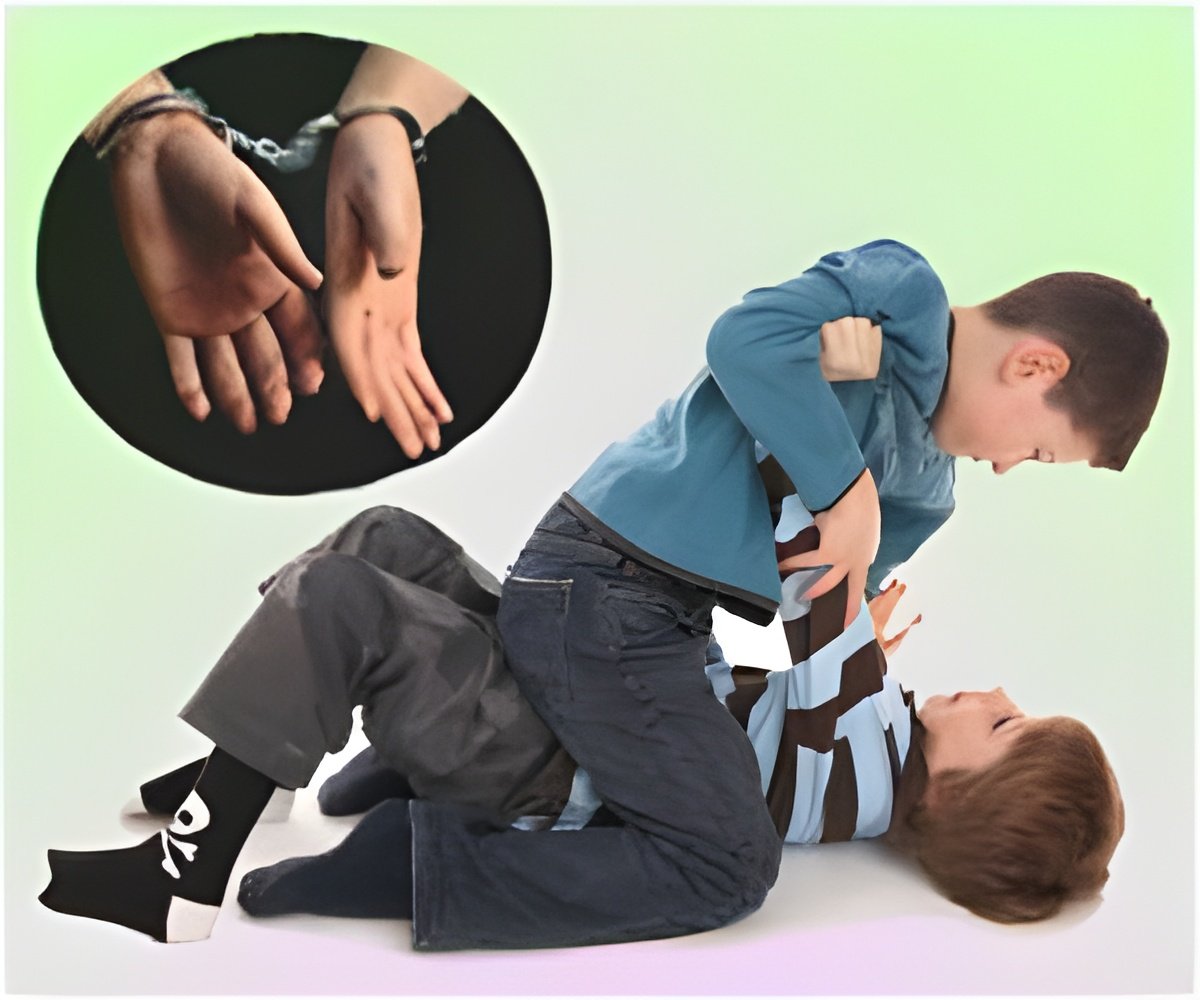
‘Antisocial behavior increased in both healthy children and those with conduct disorder when exposed to violence.’
Tweet it Now
Conduct disorder is one of the most common reasons for referral to mental health services for children and adolescents in Europe. The disorder is defined by oppositional, aggressive and dissocial behavior and is often associated with a negative, long-term psychological outcome. Affected individuals bear a higher risk for school drop-out, occupational failure, further psychiatric disorders or involvement with the criminal justice system. Community influences antisocial behaviour
The researchers examined 1178 children and adolescents in total between the ages of 9 to 18 from seven European countries. The study is the first to involve healthy children (662 participants) as well as children with a diagnosed conduct disorder (516 participants). Findings show that children and adolescents who frequently experience community violence show higher levels of antisocial behavior than children and adolescents who are not exposed to community violence.
"We found that as rates of community violence exposure increase antisocial behavior increases. Strikingly, this relationship was found in both healthy children and adolescents as well as in those who already had behavior problems," explains lead author Linda Kersten. "We can thus rule out the possibility that associations between community violence exposure and conduct problems are merely due to the fact that those with conduct disorder simply tend to live in more violent neighborhoods," says Kersten.
Breaking the dangerous cycle through prevention
Advertisement
This study is part of the FemNAT-CD project, a large Europe-wide research project with the aim to better understand the interactions between psychosocial and genetic factors in conduct disorders.
Advertisement
Source-Eurekalert








